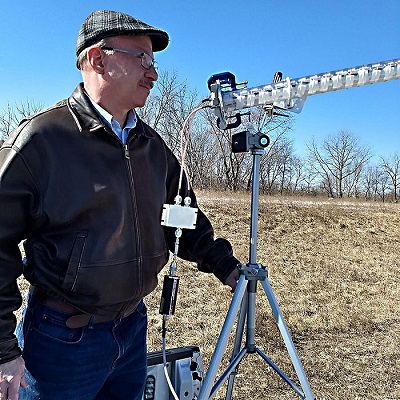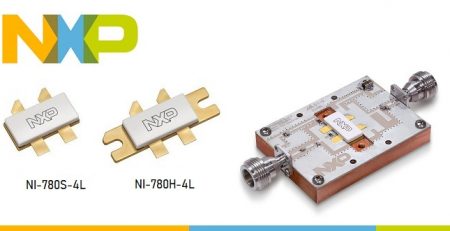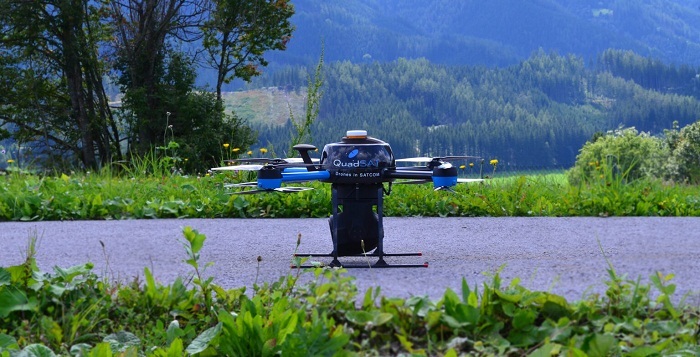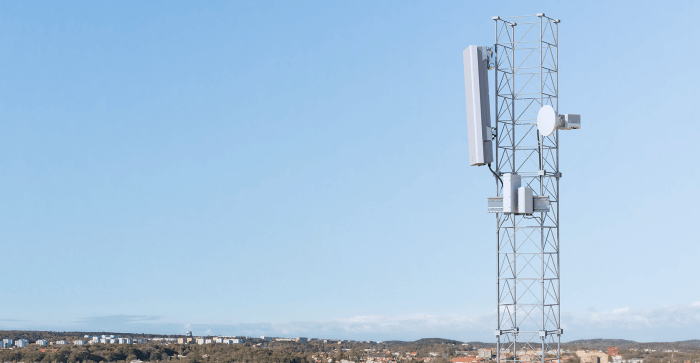Wi-Fi ‘Antenna’ System to Provide Better Connectivity in Rural Areas

According to John Mott, an associate professor in the Purdue Polytechnic Institute and the director of Purdue’s Advanced Aviation Analytics Institute for Research – Distributed devices in many rural locations are located at significant distances from potential network connection points. In addition, such applications often have antenna height restrictions and face transmission challenges due to obstacles that protrude into the transmission path. Yet the information from such devices is critical for many information systems that need to collect data from these rural areas.
The current solution for long-range Wi-Fi transmission is to use high-powered transmitters with antennas mounted at high elevations. Mott said these solutions are expensive and prohibitive for many applications associated with antenna height restrictions, such as aviation applications.
To overcome these challenges, Mott and his team have developed a bihelical receiving antenna that efficiently recaptures a portion of signal energy lost due to multipath interference to achieve a more powerful received signal.
Through innovative design and the use of directional antennas, this technology can be used as an antenna system that can transmit and receive data over long ranges at low elevations. This technology allows the use of reduced-height antennas. It is also a low-cost solution that reduces the amount of required transmitter power.
The researchers are working with the Purdue Research Foundation Office of Technology Commercialization to patent the technology. They are looking for additional partners and those interested in licensing the technology.






